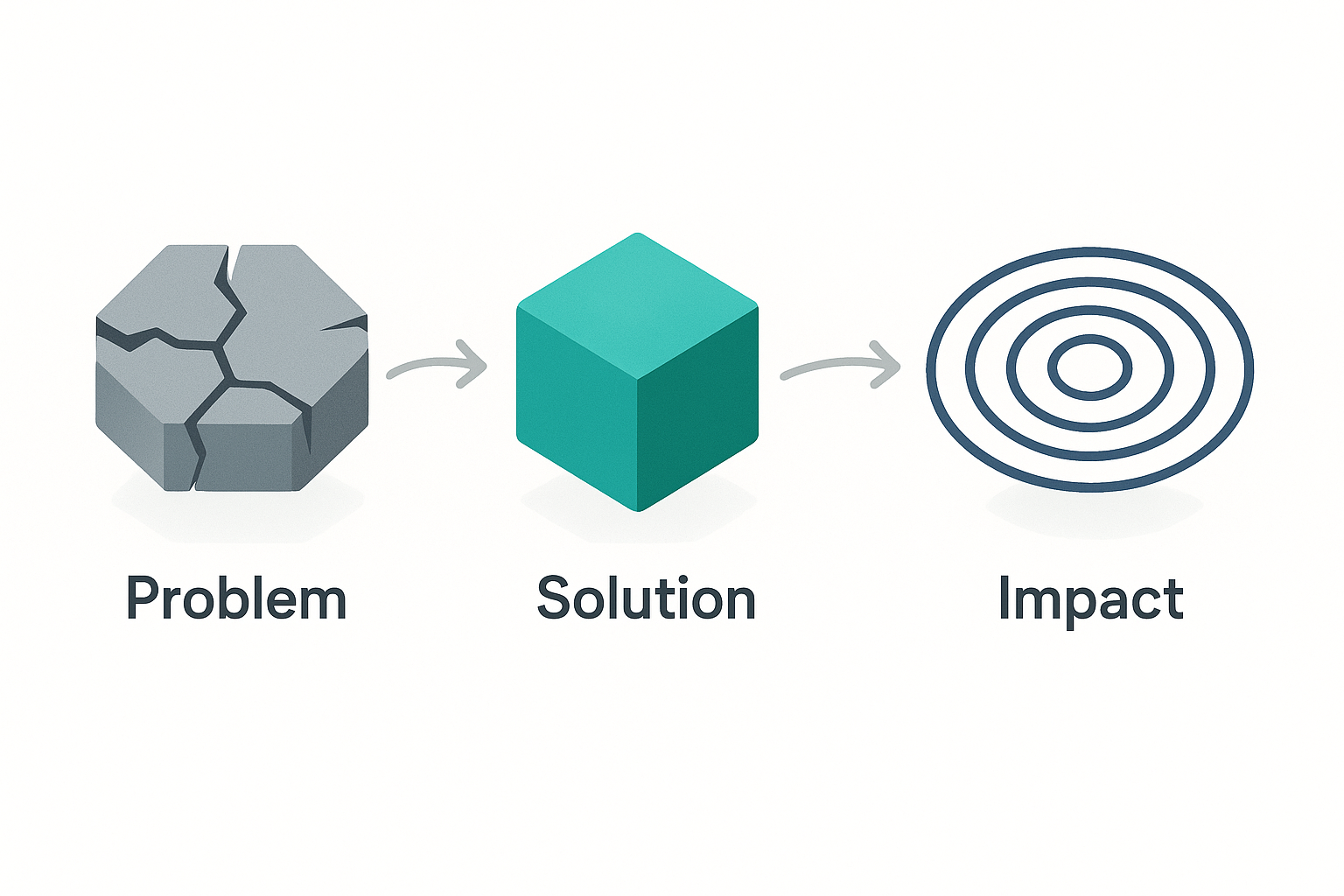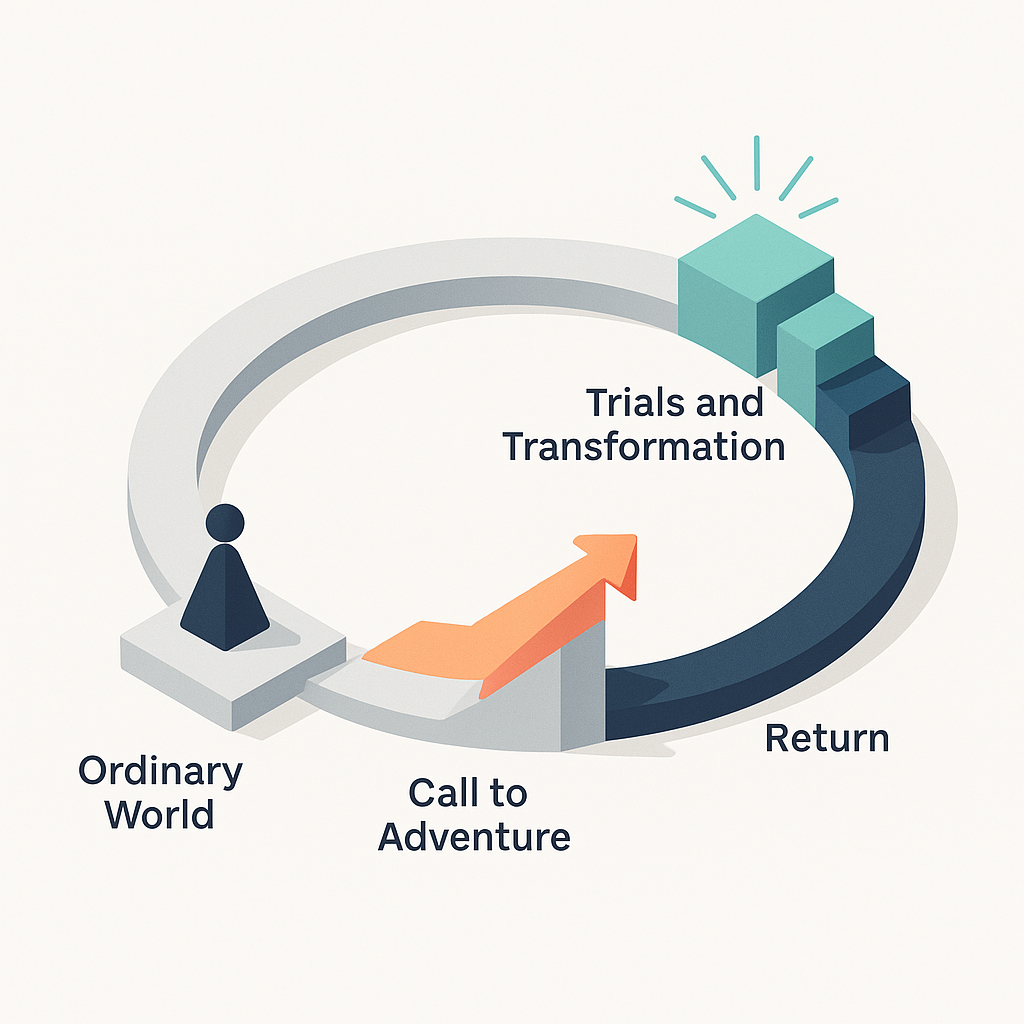Welcome to Persuasive Influence and Storytelling—your gateway to mastering the art of communication that drives product success. As a Product Manager, you know that even the most brilliant product vision means nothing if you can't get others to see it, believe in it, and act on it. That's exactly what this course will transform for you.
Throughout this course, you'll discover how to craft narratives that don't just inform but inspire action. You'll learn to translate complex data into compelling stories that resonate with executives, engineers, and customers alike. Most importantly, you'll develop the influence skills that turn skeptical stakeholders into enthusiastic champions of your product vision.
This journey will take you through four powerful dimensions of persuasive communication. You'll begin by mastering the art of crafting compelling narratives that articulate your product's purpose with clarity and impact. From there, you'll dive into data-driven storytelling, where numbers and narratives combine to create undeniable insights. As you progress, you'll explore stakeholder engagement and alignment, learning to navigate complex organizational dynamics and build consensus. Finally, you'll tackle the reality of negotiating trade-offs, transforming potential conflicts into collaborative wins.
By the end of this course, you won't just communicate better—you'll become the Product Manager who consistently secures buy-in, drives alignment, and transforms resistance into enthusiasm. Your ideas will land with impact, your proposals will gain traction faster, and your ability to influence without authority will set you apart as a true product leader.
The Problem–Solution–Impact framework serves as your foundation for persuasive product communication. This structure mirrors how the human brain naturally processes information and makes decisions, making it incredibly powerful for securing stakeholder buy-in. Understanding and mastering this framework will transform how you present product initiatives and secure resources.

When articulating the problem, you need to paint a vivid picture of the pain your users experience. Generic problem statements fail to create urgency or emotional connection. Instead of saying "Users have difficulty with onboarding," you should articulate it as "New users abandon our platform at a 68% rate within the first three days, costing us $2.4M in potential annual revenue." This specificity makes the problem tangible and impossible to ignore. Furthermore, your problem statement should create urgency by highlighting both the immediate pain and the growing cost of inaction. Make stakeholders feel the weight of the problem through concrete examples and data that connects to business outcomes they care about.
Moving to the solution phase requires more than listing features—you're building a bridge from pain to relief. Your solution must connect directly to the problem's root causes, showing clear causation rather than correlation. For instance, if users abandon due to complexity, your solution might be "We'll implement progressive disclosure, revealing features gradually as users build confidence, reducing cognitive load by 40%." Always explain precisely how your solution addresses the specific problem, not just what you're building. This connection helps stakeholders understand why your particular approach is the right one, rather than any number of alternative solutions.
The impact section transforms your pitch from a product request into a business imperative. Rather than making vague promises like "This will improve retention," you need to specify "This will increase 30-day retention from 22% to 35%, adding \$1.2M ARR within six months and positioning us ahead of three key competitors." Additionally, include second-order impacts that might not be immediately obvious—improved retention often reduces customer acquisition costs, increases referral rates, and improves team morale by reducing support burden. These cascading benefits make your proposal even more compelling.
While Problem–Solution–Impact appeals to logic, the Hero's Journey framework taps into emotion—and emotion drives action more powerfully than logic alone. Every product improvement fundamentally tells a transformation story, and the Hero's Journey helps you craft narratives that resonate deeply with your audience's experiences and aspirations.

The critical insight is that your user must always be the hero of the story—never your product or company. Begin by establishing their ordinary world with rich, relatable detail: "Sarah, a project manager at a growing startup, juggles five projects daily using spreadsheets and endless email threads." This isn't merely context; it's creating empathy and recognition. Your stakeholders should see real people in this hero, perhaps recognizing their own customers or even themselves in the struggle.
The story gains momentum with the call to adventure—that pivotal moment when the status quo becomes unbearable and change becomes essential. Perhaps "When Sarah's team grows to 15 people, her spreadsheet system collapses, causing a critical deadline miss that nearly costs a major client." This crisis point transforms change from a nice-to-have into an urgent necessity. The stakes become real and personal.
Acknowledging resistance and mentorship makes your story authentic and credible. Real heroes don't immediately embrace change; they doubt and struggle. Your hero might think "I don't have time to learn a new system" or "What if my team resists the change?" Here's where your product becomes the mentor or guide, not the hero—think Gandalf to Frodo or Yoda to Luke. Your product enables transformation: "Our three-minute onboarding and team templates help Sarah migrate her entire workflow in under an hour." This positioning keeps the user central while showing how your product facilitates their journey.
The trials and transformation phase shouldn't skip over struggles—they make the eventual victory meaningful and believable. Describe how These challenges create tension that makes the resolution satisfying. Moreover, showing realistic struggles builds trust with your audience, who know that real change is never effortless.
The same product story told identically to everyone becomes a story that resonates with no one. Effective Product Managers become communication chameleons, adapting their message while maintaining its core truth. This isn't manipulation or deception—it's translation, ensuring your message lands with maximum impact for each unique audience and situation.
Understanding stakeholder motivations forms the foundation of effective message tailoring. Engineering leaders care deeply about code quality, technical debt reduction, and team morale. Sales leaders focus relentlessly on quotas, competitive differentiation, and removing customer objections. Executives think in terms of strategic objectives, market positioning, and investor confidence. Customer success managers worry about retention metrics, support ticket volumes, and user satisfaction scores. Each perspective is valid and important, and your job involves showing how your product initiative addresses their specific concerns while advancing shared goals.

Consider how differently you'd present the same API integration to various audiences. To engineers, you might say: "This modular architecture reduces our technical debt by 30% and eliminates the spaghetti code in our payment processing." To sales, the message transforms: "This integration unlocks enterprise deals worth \$2M that we're currently losing to competitors." For executives, you'd frame it strategically: "This positions us as the only platform with native integration to three market leaders, a competitive moat that increases our valuation multiple." Each message is true, but the emphasis shifts dramatically based on what matters most to that audience.
Context shapes your communication style as profoundly as content does. A sprint planning session demands concrete details, story points, and implementation specifics. A board presentation requires high-level strategy, market analysis, and financial projections. A casual coffee chat with a skeptical stakeholder might need relationship building and personal anecdotes before any product discussion. Reading the room—both literally and figuratively—determines whether your message lands or falls flat.
Furthermore, timing and medium significantly impact message effectiveness. That detailed technical specification perfect for an engineering review would fail catastrophically in a three-minute elevator pitch to the CEO. The compelling customer story that wins over sales might feel manipulative in a data-driven quarterly business review. Match your message format to the moment: deploy dashboards for analytical discussions, narratives for emotional connection, and visual frameworks for strategic alignment.
